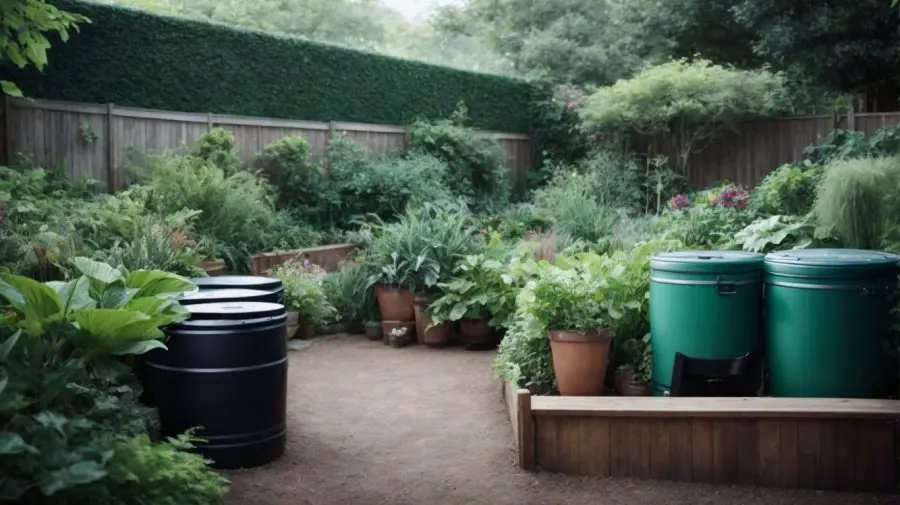[ad_1]
We use affiliate hyperlinks. If you buy one thing utilizing one in all these hyperlinks, we might obtain compensation or fee.
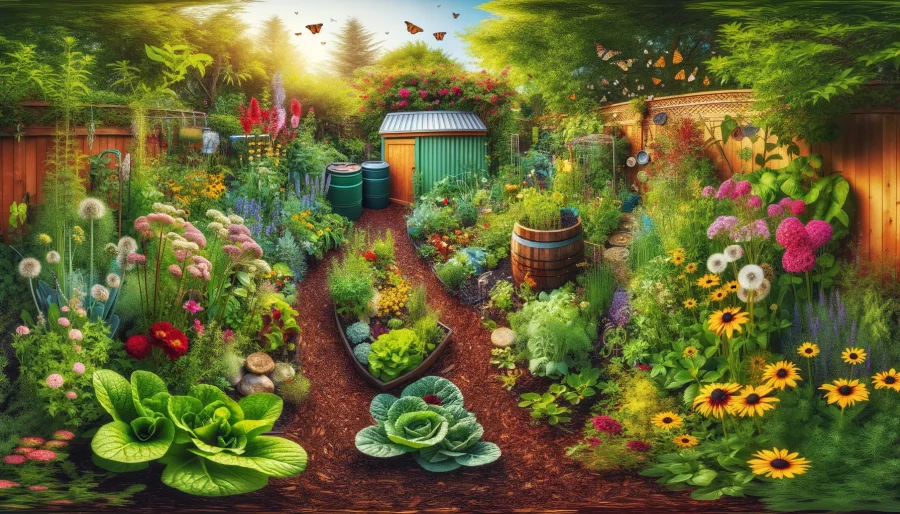

Uncover the advantages of sustainable gardening practices and discover ways to create an eco-friendly backyard that helps biodiversity and conserves assets.
Sustainable Gardening Practices
Key Takeaways:
- Sustainable Gardening Practices contain eco-friendly strategies that decrease environmental impression, preserve assets, and assist biodiversity.
- Key practices embrace utilizing compost, mulching, crop rotation, and companion planting to create a wholesome, sustainable backyard ecosystem.
Sustainable gardening practices are revolutionizing the way in which we work together with nature.
By embracing eco-friendly methods, we are able to domesticate thriving gardens that nourish the earth and our souls.
Be a part of us on this inexperienced journey and uncover the transformative energy of sustainable gardening.
Sustainable Gardening Practices
Are you seeking to make a optimistic impression on the surroundings whereas cultivating a lovely backyard?
Sustainable gardening stands out as the reply you’re on the lookout for.
On this article, we’ll discover the significance of sustainable gardening, the essential ideas to comply with, varied methods to implement, and the way it can profit the surroundings.
Whether or not you’re a seasoned gardener or simply beginning out, there are many ideas and methods that will help you create a sustainable backyard that thrives whereas minimizing your carbon footprint.
What Is Sustainable Gardening?
Sustainable gardening includes cultivating crops and sustaining gardens in an environmentally accountable method whereas contemplating the long-term impression on the native ecosystem.
This observe focuses on lowering chemical pesticide and fertilizer utilization, conserving water via environment friendly irrigation strategies, and selling biodiversity to assist native species.
By using natural gardening methods and companion planting, gardeners can create a harmonious surroundings that mimics pure ecosystems.
- Mulching
- Composting
- Utilizing natural soil amendments
are additionally integral elements of sustainable gardening, enhancing soil well being and fertility whereas minimizing waste.
Embracing sustainable practices not solely advantages the surroundings by lowering air pollution and conserving assets but in addition results in more healthy, extra resilient crops that require much less upkeep general.
Why Is Sustainable Gardening Necessary?
Sustainable gardening is essential for minimizing the environmental impression of conventional gardening practices and preserving the fragile steadiness of ecosystems.
By adopting sustainable gardening strategies, people can play a major position in lowering water consumption, limiting using dangerous chemical substances, and selling a more healthy surroundings for each crops and wildlife.
- Using compost and natural fertilizers not solely enriches the soil but in addition reduces the dependence on artificial components that may pollute water sources.
- Planting native species encourages biodiversity and helps the ecosystem by offering meals and habitats for native wildlife.
Embracing sustainable gardening practices is an efficient method to contribute to a greener planet and guarantee a extra sustainable future for generations to return.
What Are The Fundamental Rules Of Sustainable Gardening?
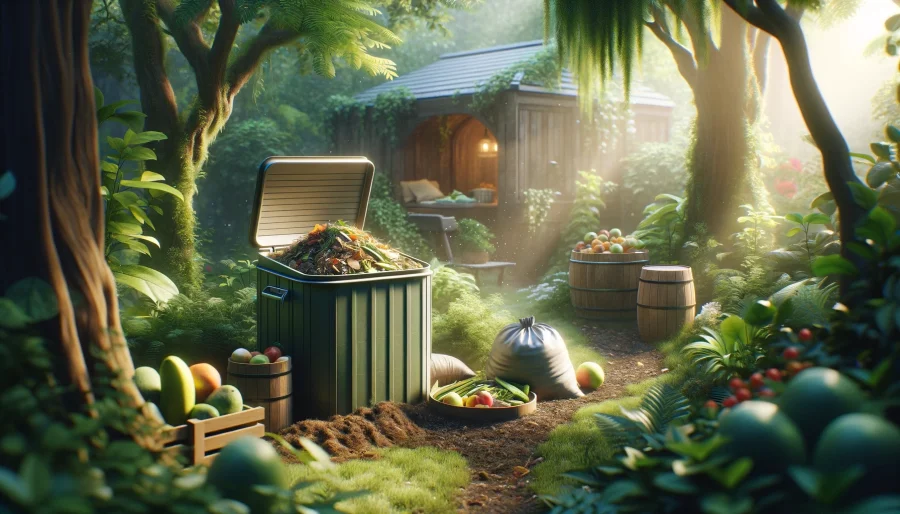

The elemental ideas of sustainable gardening embody utilizing native crops, conserving water, fostering helpful bugs, composting natural matter, and using pure pest management strategies.
Sustainable gardening revolves across the concept of making a harmonious ecosystem inside your backyard.
By using native crops, you aren’t solely supporting biodiversity but in addition guaranteeing that the vegetation is well-suited to the native local weather and soil situations.
This, in flip, reduces the necessity for extreme watering and chemical fertilizers, contributing to water conservation efforts.
Composting is a cornerstone of sustainable gardening, reworking kitchen scraps and yard waste into nutrient-rich soil amendments.
This observe enriches the soil, promotes wholesome plant progress, and minimizes the dependence on artificial fertilizers, fostering a self-sustaining surroundings.
Encouraging helpful bugs like ladybugs and lacewings helps management pest populations naturally, lowering the reliance on dangerous pesticides.
Use Native Crops
Incorporating native crops into your backyard design enhances the native ecosystem by offering important plant vitamins and supporting indigenous wildlife.
Native crops have advanced to thrive in particular areas, making them well-suited to native local weather situations and lowering the necessity for extreme watering or chemical interventions.
This inherent resilience not solely makes them low-maintenance but in addition helps in conserving water assets and lowering carbon footprint.
Native crops play an important position in making a biodiverse surroundings, attracting pollinators like bees and butterflies, that are important for plant replica and sustaining a wholesome ecosystem.
The deep roots of many native crops assist stop soil erosion and enhance soil construction, selling higher water infiltration and nutrient absorption.
Preserve Water
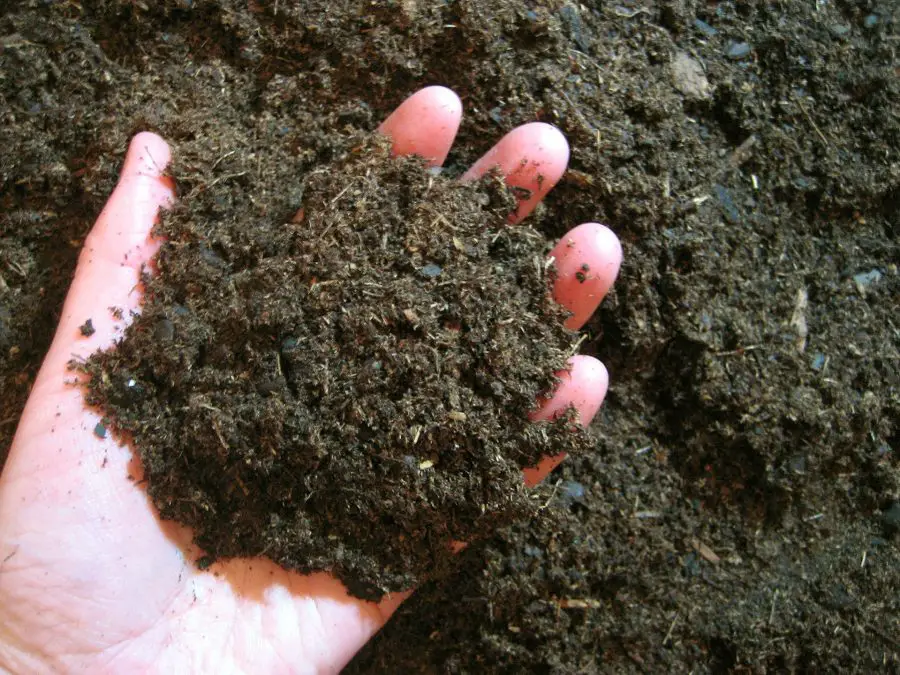

Environment friendly water administration via strategies like rain gauges and drip irrigation programs is crucial in sustainable gardening to preserve water assets and cut back wastage.
Together with rain gauges and drip irrigation, one other efficient method for water conservation in sustainable gardening is rainwater harvesting.
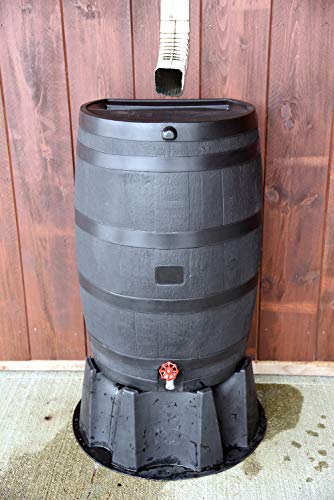

This observe includes gathering and storing rainwater that falls in your property for later use in watering crops, thereby lowering the reliance on municipal water sources.
Incorporating mulching round crops helps retain soil moisture, lowering the frequency of watering wanted.
Using environment friendly watering programs corresponding to soaker hoses and good irrigation controllers additional minimizes water utilization by delivering water on to the roots of crops at constant charges.
By implementing these water conservation strategies, gardeners can play an important position in preserving water assets and selling environmentally sustainable practices of their gardening endeavors.
Scale back Chemical Use
Minimizing chemical pesticides and artificial fertilizers in sustainable gardening practices helps stop soil air pollution, promotes natural matter decomposition, and safeguards helpful bugs.
Incorporating pure pest management strategies corresponding to companion planting and attracting helpful bugs like ladybugs and praying mantises can successfully handle widespread backyard pests with out harming the ecosystem.
Using neem oil as a pure pesticide and composting kitchen scraps for natural fertilization are sustainable alternate options that contribute to soil well being and fertility.
Chemical pollution from artificial fertilizers can disrupt the microbial steadiness within the soil, hindering nutrient absorption by crops and lowering general biodiversity.
Encourage Biodiversity
Creating various habitats in sustainable gardens helps pollinators, wildlife, and helpful bugs, contributing to the general biodiversity of the ecosystem.
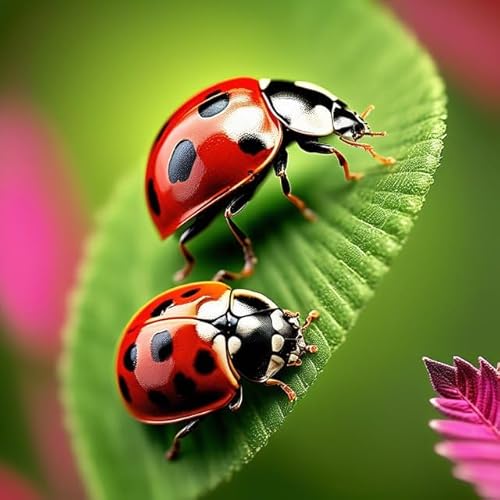

When a backyard gives varied varieties of crops, flowers, and shelter, it attracts a variety of species, from vibrant butterflies to busy bees.
These biodiverse havens present meals and refuge, enabling creatures to thrive harmoniously inside their pure environment.
The presence of various plant species promotes seed variety, guaranteeing a sustainable backyard ecosystem.
This intricate internet of interactions not solely enhances the visible attraction of the backyard but in addition performs an important position in supporting the fragile steadiness of nature.
What Are Some Sustainable Gardening Methods?
Sustainable gardening methods corresponding to composting, mulching, crop rotation, and companion planting are important for sustaining soil fertility, pest management, and plant well being.
Composting includes the decomposition of natural supplies like kitchen scraps and yard waste, producing nutrient-rich humus that improves soil construction and fertility.
Mulching not solely helps retain moisture within the soil but in addition suppresses weeds and regulates soil temperature, lowering the necessity for extreme watering.
Crop rotation prevents soil depletion by alternating plant households every season, minimizing pest build-up and nutrient deficiencies.
Companion planting includes strategically pairing appropriate crops to spice up progress, repel pests, and improve general backyard biodiversity.
Composting


Composting natural matter enriches the soil with important vitamins, improves soil construction, and reduces waste in sustainable gardening practices.
When composting natural matter, the decomposition course of breaks down the supplies into wealthy humus, offering a nutrient-rich surroundings for crops to thrive.
This nutrient-dense soil enhances plant progress, boosts resistance to ailments, and promotes general soil well being and fertility.
Composting helps in retaining moisture within the soil, lowering the necessity for frequent watering and contributing to water conservation efforts.
By diverting natural waste from landfills and turning it into precious compost, gardeners play a crucial position in lowering greenhouse fuel emissions and selling a extra sustainable ecosystem.
Mulching
Making use of mulch to backyard beds helps preserve soil moisture, suppresses weed progress, and improves the general soil construction in sustainable gardening practices.
Mulching performs an important position in water conservation by lowering evaporation charges and defending the soil from drying out, particularly in scorching and arid climates.
By making a protecting barrier on the soil floor, mulch additionally helps to forestall weed seeds from germinating, thus lowering the necessity for handbook weeding and herbicides.
As mulch breaks down over time, it provides precious natural matter to the soil, enhancing its fertility and selling a wholesome ecosystem for helpful soil organisms.
Crop Rotation
Implementing crop rotation methods in sustainable gardening helps stop soil depletion, minimizes plant ailments, and enhances general crop productiveness.
One of many key advantages of incorporating crop rotation is the development in soil well being.
By alternating totally different crops in a deliberate sequence, the soil construction is preserved, and important vitamins are higher utilized.
This observe additionally aids in lowering soil erosion and nutrient leaching, selling a extra sustainable ecosystem.
Crop rotation performs an important position in illness prevention because it disrupts the life cycles of pests and pathogens, finally resulting in more healthy crops.
This methodology not solely boosts plant progress but in addition contributes to biodiversity within the backyard, fostering a balanced and resilient surroundings.
Companion Planting
Companion planting in sustainable gardening includes pairing appropriate crops to discourage pests, entice helpful bugs, and improve general backyard productiveness.
Plant synergy performs an important position in companion planting, with sure plant combos boosting one another’s progress and nutrient uptake.
As an illustration, planting marigolds alongside tomatoes might help repel nematodes that hurt tomato roots.
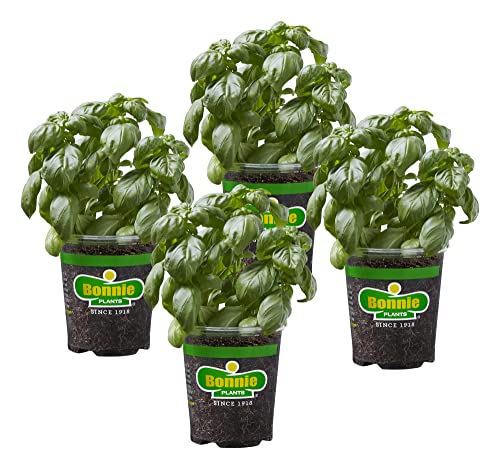

Some crops, like basil, can act as pure pest repellents for different greens.
Companion planting encourages biodiversity within the backyard, making a more healthy ecosystem that may naturally regulate pest populations.
By strategically deciding on plant combos, gardeners can decrease the necessity for chemical pesticides, selling a extra environmentally pleasant method to gardening.
How Can Sustainable Gardening Assist The Atmosphere?
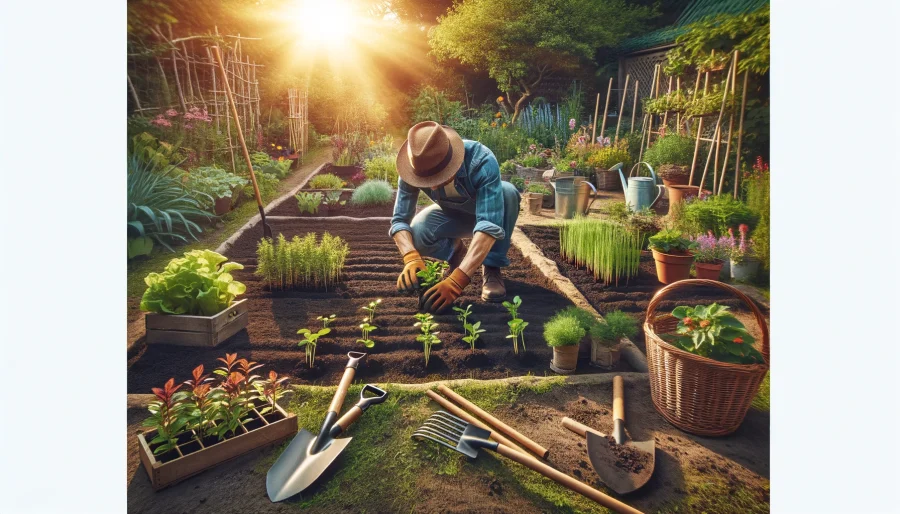

Adopting sustainable gardening practices aids in lowering the carbon footprint, supporting native ecosystems, preserving water assets, and minimizing chemical air pollution within the surroundings.
Sustainable gardening includes utilizing natural practices, corresponding to composting, mulching, and pure pest management, which contribute to more healthy soil and crops.
By avoiding artificial chemical substances, gardening in a sustainable method helps in stopping water contamination and sustaining a balanced ecosystem.
Sustainable gardeners usually go for native crops and create habitats that entice helpful bugs and wildlife, thus selling biodiversity and supporting the native ecosystem.
Via these actions, people can play a major position in environmental conservation and sustainable residing.
Reduces Carbon Footprint
Sustainable gardening practices contribute to decreasing the carbon footprint by selling energy-efficient strategies, mitigating local weather impression, and lowering greenhouse fuel emissions.
By using eco-friendly methods like composting, mulching, and water conservation, sustainable gardening minimizes the necessity for fossil fuel-based fertilizers and pesticides, thereby lowering power consumption and carbon emissions related to their manufacturing and transportation.
As well as, planting timber and different vegetation in a backyard helps sequester carbon dioxide from the ambiance, performing as a pure carbon sink and aiding in local weather change mitigation.
This course of not solely enhances air high quality but in addition decreases the general carbon footprint of the backyard.
Helps Native Ecosystems
Sustainable gardening practices assist native ecosystems by preserving native plant species, creating wildlife habitats, and combating invasive plant species that threaten biodiversity.
By specializing in native plant species of their gardens, people might help preserve a balanced ecosystem that gives meals and shelter for native wildlife, corresponding to birds, bees, and butterflies.
Native crops are well-adapted to the native local weather and soil situations, making them resilient and requiring much less upkeep.
As these crops thrive, they entice a wide range of helpful bugs and pollinators, contributing to the general well being of the ecosystem.
By eradicating invasive plant species, gardeners stop these aggressive crops from outcompeting native species for assets and disrupting the pure steadiness.
Via sustainable gardening practices, communities can create interconnected habitats that assist a various vary of crops and animals, finally selling a extra resilient and biodiverse surroundings.
Preserves Water Assets
Sustainable gardening practices assist preserve water assets by using rain barrels, environment friendly irrigation programs, and water-wise methods to cut back water consumption and promote environment friendly utilization.
One of many key strategies of water conservation in sustainable gardening is rainwater harvesting.
By gathering rainwater in rain barrels, gardeners can cut back reliance on conventional water sources and reduce the demand for municipal water provides.
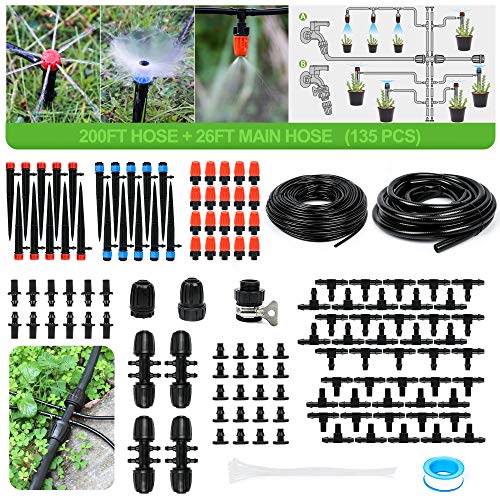

Implementing drip irrigation programs or soaker hoses can ship water on to plant roots, minimizing evaporation and runoff.
Water-saving practices corresponding to mulching, selecting native crops, and incorporating drought-resistant landscaping can additional improve water effectivity within the backyard.
Minimizes Chemical Air pollution
Sustainable gardening minimizes chemical air pollution by lowering using artificial fertilizers, pesticides, and dangerous pollution that may adversely have an effect on soil, water, and helpful bugs.
By specializing in pure alternate options like compost, cowl crops, and crop rotation, sustainable gardening fosters a balanced ecosystem that promotes wholesome plant progress with out counting on dangerous chemical substances.
Natural gardening practices prioritize soil well being via strategies corresponding to mulching, which enriches the soil, reduces erosion, and minimizes runoff that pollutes water sources.
Selling biodiversity by planting a wide range of native species can entice helpful bugs that naturally management pest populations, lowering the necessity for artificial pesticides.
What Are Some Ideas For Beginning A Sustainable Backyard?
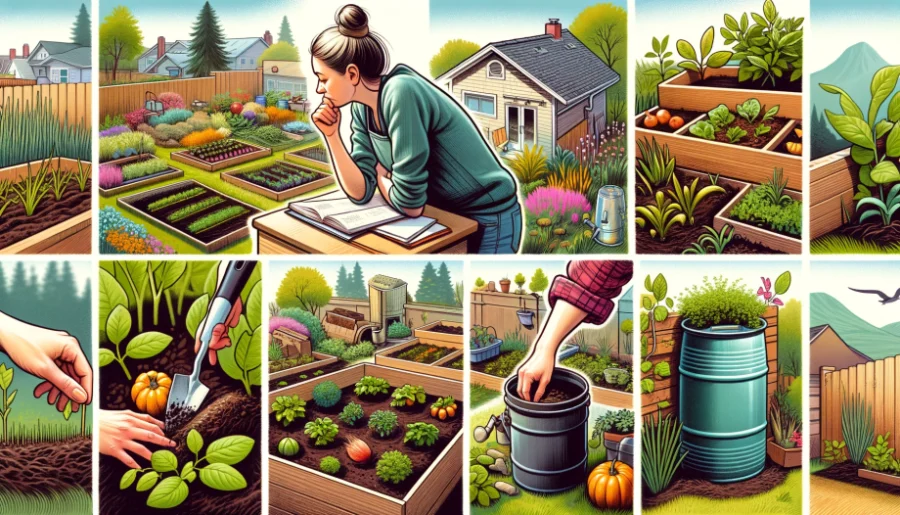

Embarking on a sustainable backyard journey includes researching native crops, planning water-efficient methods, implementing pure pest management strategies, and progressively adopting sustainable methods.
When researching native crops, contemplate ones which can be well-suited to your area’s local weather and soil situations, as they require much less upkeep and water, fostering a self-sustaining ecosystem.
Designing for water conservation includes using rain barrels, drip irrigation programs, and mulching to cut back water waste.
Using eco-friendly pest management strategies like companion planting, neem oil, or insect-repelling crops might help preserve a steadiness with out harming helpful bugs.
Transitioning to sustainable practices includes composting, recycling backyard waste, and investing in renewable power sources in your gardening wants.
Analysis Native Crops
Researching native crops in your sustainable backyard includes figuring out appropriate seeds, understanding sprouting necessities, and deciding on species that thrive in your native local weather.
Upon getting recognized the native crops that align along with your backyard objectives, the subsequent step is deciding on the correct seeds.
It’s essential to supply seeds from respected suppliers to make sure their authenticity and high quality.
Search for native nurseries or specialised seed banks that supply a wide range of native plant seeds.
Think about the germination strategies required for every kind of seed.
Some seeds might have stratification or scarification to interrupt dormancy, whereas others would possibly thrive with easy direct sowing.
Plan For Water Conservation
Planning water conservation methods in your sustainable backyard includes establishing environment friendly irrigation programs, using rain barrels for water assortment, and incorporating drought-resistant crops.
When designing your backyard for sustainability, it’s essential to think about the water conservation side proper from the beginning.
By choosing drip irrigation or soaker hoses over conventional sprinklers, you may considerably cut back water wastage and be certain that crops obtain water immediately at their roots.
Rain barrels are a cheap and eco-friendly answer for gathering rainwater, which may then be used throughout dry spells, minimizing the reliance on municipal water sources.
Deciding on drought-tolerant crops not solely helps preserve water but in addition provides magnificence to your backyard whereas requiring much less upkeep.
Use Pure Pest Management Strategies
Using pure pest management strategies in sustainable gardening includes landscaping to draw helpful bugs, implementing companion planting, and avoiding chemical pesticides.
Helpful bugs like ladybugs, lacewings, and hoverflies are interested in various plantings, so incorporating a wide range of flowers and herbs might help create a habitat for them.
Companion planting includes strategically putting crops that repel pests subsequent to those who are inclined.
For instance, planting marigolds close to tomatoes can deter whiteflies.
Natural pest administration methods corresponding to utilizing neem oil or introducing Bacillus thuringiensis (BT) for caterpillar management are efficient alternate options to chemical pesticides.
Incorporate Sustainable Methods Regularly
Regularly incorporating sustainable methods into gardening practices permits gardeners to make accountable selections, adapt to eco-friendly strategies, and decrease environmental impression.
Transitioning to sustainable gardening includes a conscious method in the direction of useful resource utilization and waste administration.
By choosing natural fertilizers and composting, gardeners can improve soil well being whereas lowering chemical runoff into the surroundings.
Incorporating native crops and implementing water-efficient irrigation programs might help preserve water and assist native biodiversity.
As people turn out to be extra attuned to their backyard’s ecosystem, they’ll create a harmonious steadiness that advantages each crops and wildlife.
In the end, the journey in the direction of sustainable gardening is a rewarding course of that contributes to a more healthy planet and a greener future.
Incessantly Requested Questions
Q. What are sustainable gardening practices?
A. Sustainable gardening practices check with environmentally pleasant strategies of gardening that intention to attenuate unfavorable impacts on the surroundings and promote long-term well being and productiveness of crops and soil.
Q. Why is it vital to observe sustainable gardening?
A. Sustainable gardening helps to protect pure assets, cut back air pollution, and create a more healthy surroundings for crops, animals, and people.
It additionally promotes biodiversity and helps native ecosystems.
Q. What are some examples of sustainable gardening practices?
A. Some examples embrace utilizing compost and mulch as an alternative of chemical fertilizers, utilizing native crops, practising crop rotation, conserving water, and utilizing natural pest management strategies.
Q. How can I preserve water in my backyard?
A. You possibly can preserve water by utilizing drip irrigation programs, gathering rainwater, watering within the early morning or night to attenuate evaporation, and selecting drought-resistant crops.
Q. What are the advantages of utilizing native crops in sustainable gardening?
A. Native crops are tailored to the native local weather and soil, in order that they require much less upkeep and water.
In addition they present meals and shelter for native wildlife, serving to to assist biodiversity.
Q. How can I incorporate sustainable gardening practices into my day by day routine?
A. You can begin by utilizing natural and pure merchandise, lowering your use of pesticides and herbicides, composting your kitchen and backyard waste, and supporting native and natural farmers.
Sustainable Gardening Practices Conclusion
Embracing a Greener Future
Sustainable gardening practices usually are not only a development; they’re a dedication to a more healthy planet and a extra harmonious relationship with nature.
By adopting these eco-friendly methods, gardeners can create lovely, productive areas that assist biodiversity, preserve assets, and cut back their environmental impression.
Learn extra: Yard Gardening: A Complete Information
A Legacy of Stewardship
As we proceed to domesticate our gardens, let’s bear in mind the significance of sustainability.
By passing on these practices to future generations, we be certain that the sweetness and variety of our pure world are preserved for years to return.
The Energy of Neighborhood
Sustainable gardening isn’t a solitary endeavor. By sharing data, assets, and experiences with fellow gardeners, we are able to create a collective power for optimistic change.
Collectively, we are able to foster a tradition of sustainability that extends past our gardens and into our communities.
A Name to Motion
Allow us to embrace sustainable gardening as a lifestyle. By making small, aware modifications in our gardening practices, we are able to contribute to a bigger world motion in the direction of sustainability.
Each plant, each drop of water, and each handful of soil issues. Let’s backyard with function, respect, and love for our planet.
[ad_2]
Supply hyperlink
